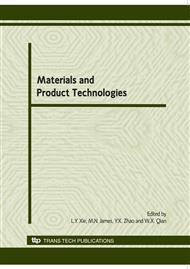p.728
p.733
p.738
p.743
p.748
p.753
p.758
p.762
p.767
A Quantitative Method on Formative Elements Optimization of Car Styling Design
Abstract:
According to the basic principles of Kansei Engineering and BP neural network, the article establishes a non-linear relationship between the user’s perceptual evaluation and the car’s formative element. It also builds a strong anti-interference black box model, which may work out the precise value of the formative elements by the perceptual evaluations. The paper also discusses the model with deductive method, and the results show that the quantization and transformation in body design can be effectively solved by the method based on BP neural network and Kansei Engineering.
Info:
Periodical:
Pages:
748-752
Citation:
Online since:
June 2010
Authors:
Price:
Сopyright:
© 2010 Trans Tech Publications Ltd. All Rights Reserved
Share:
Citation:


